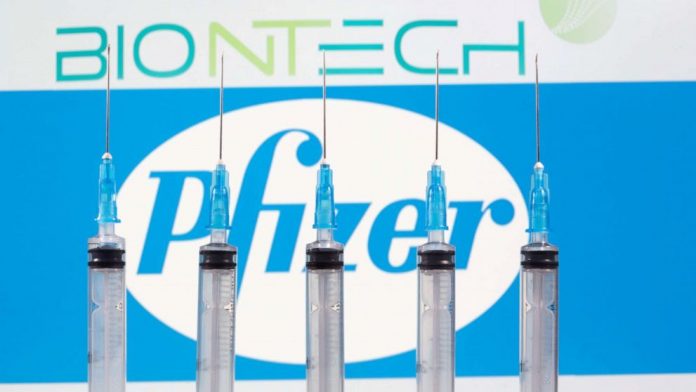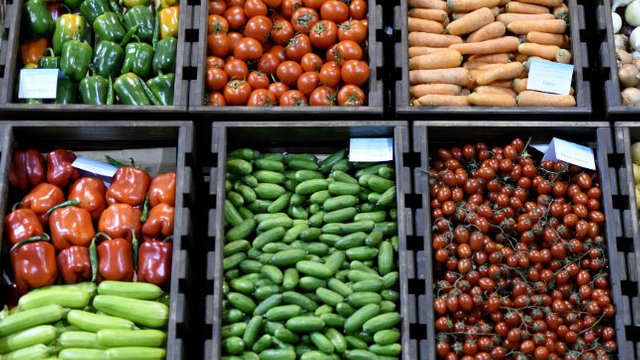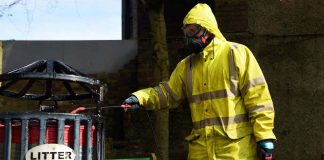
Since the start of the pandemic, scientists around the world have been racing to develop a jab that prevents Covid-19.
In December, the Pfizer/BioNTech coronavirus vaccine beat its rivals to be the first to be approved for use in the UK.
Two more jabs, from Moderna and Oxford/AstraZeneca, have since been authorised, and there is a fourth, fifth, and sixth potentially on the way.
One is the Janssen jab, from American company Johnson & Johnson, the world’s first single-shot Covid vaccine, which was found to be 66 per cent effective at preventing moderate to severe Covid-19, but offers high protection against people needing to go to hospital, according to trial results.
Meanwhile, the Government has ordered 60 million doses of another Covid vaccine candidate from Novavax, which is due to be made on Teeside if approved. The jab was found to be 80.3 per cent effective at preventing Covid-19 in UK trials and worked against the new Kent and South African variants.
In other news, the large-scale manufacturing of another potential jab, made by French company Valneva, started in Scotland in January. It is expected to deliver up to 60 million doses to the UK by the end of this year if approved.
So what are the differences between the vaccines?
Pfizer/BioNtech
Trials have shown the Pfizer/BioNtech vaccine to be more than 90 per cent effective but it has to be stored at minus 70 degrees C so is not the easiest vaccine to use. Patients need two doses.
It is know as a messenger RNA (mRNA) vaccine.
Conventional vaccines are produced using weakened forms of the virus, but mRNAs use only the virus’s genetic code.
An mRNA vaccine is injected into the body where it enters cells and tells them to create antigens. These antigens are recognised by the immune system and prepare it to fight coronavirus.
No actual virus is needed to create an mRNA vaccine. This means the rate at which it can be produced is dramatically accelerated.
As a result, mRNA vaccines have been hailed as potentially offering a rapid solution to new outbreaks of infectious diseases.
In theory, they can also be modified reasonably quickly if, for example, a virus develops mutations and begins to change.
mRNA vaccines are also cheaper to produce than traditional vaccines, although both will play an important role in tackling Covid-19.
One downside to mRNA vaccines is that they need to be stored at ultra-cold temperatures and cannot be transported easily.
Moderna
The Moderna vaccine works in a very similar way to the jab from Pfizer/BioNTech.
Coronavirus is studded with “spike proteins” that it uses to enter human cells. Covid-19 vaccines target this spike protein.
The Moderna and Pfizer vaccines use synthetic messenger RNA (mRNA), a genetic material that contains information about the spike protein.
The vaccines provide the body with instructions to produce a small amount of this protein which, once detected by the immune system, leads to a protective antibody response.
Moderna’s vaccine does not require the same ultracold storage as Pfizer’s and can remain stable at normal fridge temperature for 30 days.
Trials on more than 30,000 people in the US have shown the Moderna jab to be 94 per cent effective in preventing coronavirus.
Moderna has not identified any significant safety concerns and its vaccine has been approved for use in the US.
The MHRA accepted the recommendation of the Commission on Human Medicines and authorised the Moderna vaccine on January 8.
Oxford/AstraZeneca
The vaccine developed by the University of Oxford and pharmaceutical giant AstraZeneca was approved by the MHRA in December last year.
The Oxford jab is not an mRNA vaccine. Instead, it uses a harmless weakened version of a virus that causes the common cold in chimpanzees.
Oxford data indicates the vaccine has 62 per cent efficacy when one full dose is given followed by another full dose, but when people were given a half dose followed by a full dose at least a month later, its efficacy rose to 90 per cent.
The combined analysis from both dosing regimes resulted in an average efficacy of 70.4 per cent.
In separate research, results showed the jab offers 76 per cent protection up to three months after the first dose and could reduce transmission by 67 per cent.
Cutting transmission is the key to lifting the most severe restrictions of lockdown more quickly and means infection levels could come down faster than they would otherwise.
Valneva
Clinical trials are still ongoing for the Valneva vaccine candidate but manufacturing has started at the French biotech company’s site in Livingston, West Lothian.
The candidate is currently in phase one/two trials and will need approval from the Medicines and Healthcare products Regulatory Agency (MHRA) before it is rolled out.












